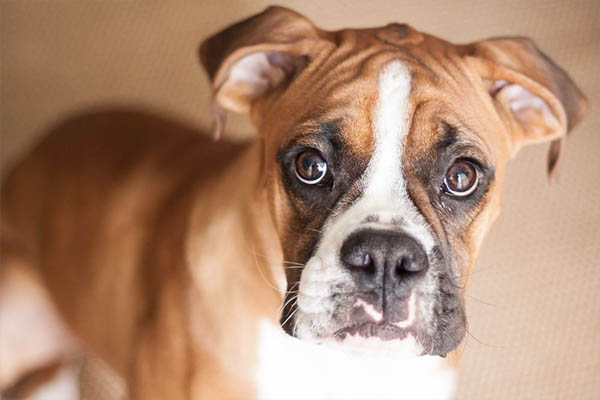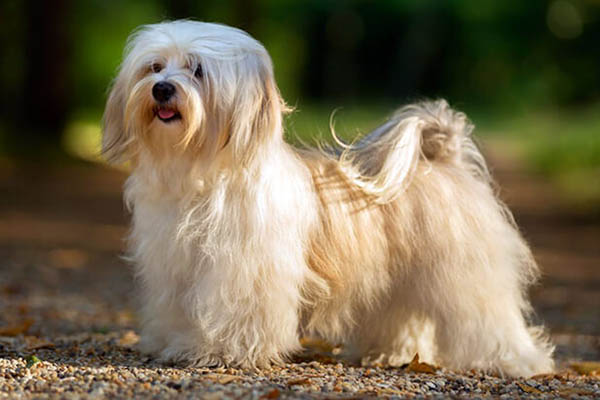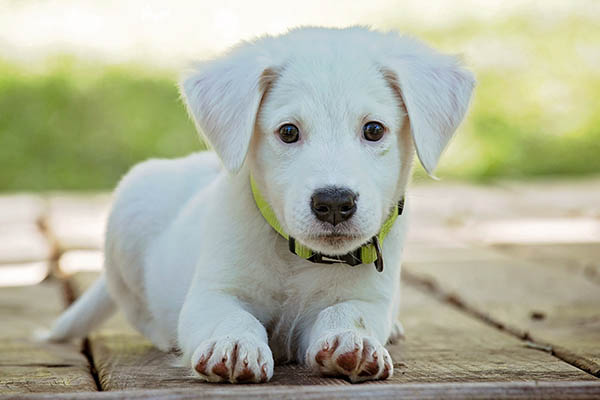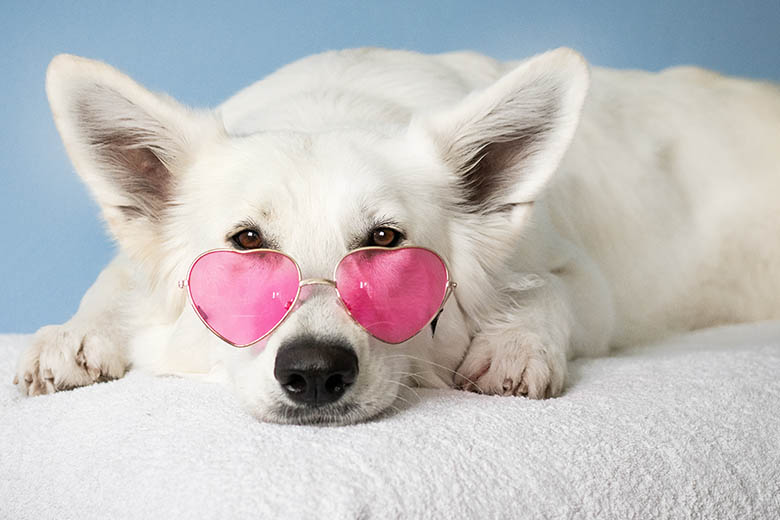Each breed of dog is unique and therefore requires that each breed receive different care depending on its coat.
Currently, the FCI (International Canine Federation) recognizes 343 distinct dog breeds, which are then classified into 10 categories. Of course, each breed is unique and responds to a morphology, hair type and functionalities, but most respond to basic care for each type of hair .
When choosing a dog, we must not only keep in mind aspects such as its size , character or breed if we buy it, but we must also take its hair into account, since it is very important that we know the different characteristics that the different types have. of coats that exist and mainly their care. This will depend on whether you have more or less work when it comes to taking care of your four-legged friend and that your house does not have hair everywhere .
The canine world is very broad and complicated, so if you have doubts about what type of hair best suits your family and lifestyle, the best thing you can do is go to a canine groomer. This way you make sure you choose an animal that fits your lifestyle. To know this, it is better that you ask yourself questions like: Would it bother you to have hair on your clothes ? Can you afford visits to canine aesthetic centers frequently to cut their hair? Do you have time to brush your pet daily?
Also Read- Disney Character Names for Dogs
1. Hard Fur

Hard fur is considered when it exceeds 10 centimeters in length and shows a characteristic thickness. Normally dogs with thick beards or eyebrows have this type of hair, this is important that we keep it and not trim it since they have unique waterproof functions. Some of the dog breeds with this hair are the Schnauzer and the West Highland Terrier.
If our animal has this type of fur, we must bear in mind that when our dog’s hair grows, the previous one dries up and becomes trapped. This is why these dogs need daily brushing to remove dead hair. Some dogs with this characteristic have two layers of hair, one hard and the other shinier and softer.
In addition to daily brushing, it is advisable to cut it with electric machines that allow a personalized length to maintain the typical cut of the breed. At bath time, it is good that we choose a specific shampoo without oils or softeners, and wash it every 3 or 4 weeks.
2. Curly Fur

Curly hair is very special and characteristic. This grows continuously, so it will need a frequent cut to maintain the good condition of our pet’s hair. This type of coat is characteristic of Poodles, the Spanish water dog, or the Kerry Blue Terrier.
Being a very special hair, it requires more frequent baths since they tend to get dirty easily and that is why it is recommended to wash them approximately every 20 days. In the bathroom, it is essential that we protect our pet’s ears and that we dry them well to prevent them from getting sick or irritating parts of their body.
Like the hard coat, the curly coat needs daily brushing to avoid the appearance of knots that are very annoying for the animal. As for the cut, this must be done with scissors, except for some areas where we can use a razor. If you do not have experience with this hair, it is better that you go to a specialized canine center.
3. Short Fur

Short fur is considered to be that which does not exceed 4 centimeters in length. The appearance of this hair is smooth and is the most common, being present in many breeds such as the Pitbull, the Doberman, or the Boxer. It is the easiest coat to care for and maintain, it does not need much care and it does not get dirty easily, so we may bathe our pet every two or one month and a half.
As for brushing once or twice a week, it will be enough, however, in the molting season we must be more constant so that we do not fill the whole house with hair. Likewise, this hair does not need to be shaved or cut, in fact, it is advisable not to do so so that it does not lose its properties.
4. Long Fur

The long coat is very easy to identify, especially by its length. It is found in numerous breeds of dogs including Yorkshire. This type of hair falls continuously throughout the year, although it intensifies during the molting season. It requires daily brushing to avoid tangling and extreme hair loss.
As for the bath, once a month is enough to keep the hair clean and shiny. The idea is to use a softening shampoo to avoid the appearance of tangles and, like dogs with curly hair, we must remember to dry it very well once we wash it to avoid getting sick or having irritated areas. The cut must be done with scissors, and as in the case of dogs with curly hair, it is advisable to go to a canine beauty center to do it with greater precision.
5. Puppy Hair

The different types of hair of each breed have specific and unique characteristics, however, when they are puppies the structure of the hair is always different, having a unique touch and density that will become homogeneous when the dog grows and becomes an adult.
Normally puppies have abundant protective wool that they will shed as the months go by so that they finally make a final molt as a transition from puppy to adult hair. It is important that during these months we do not brush them too much or wash them too much since they have to lose this hair naturally. Like milk teeth in children, this layer will fall little by little and the ideal is not to interfere with the times of each breed in this molt.


